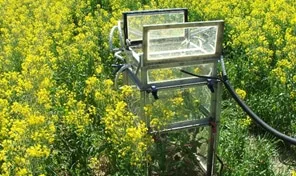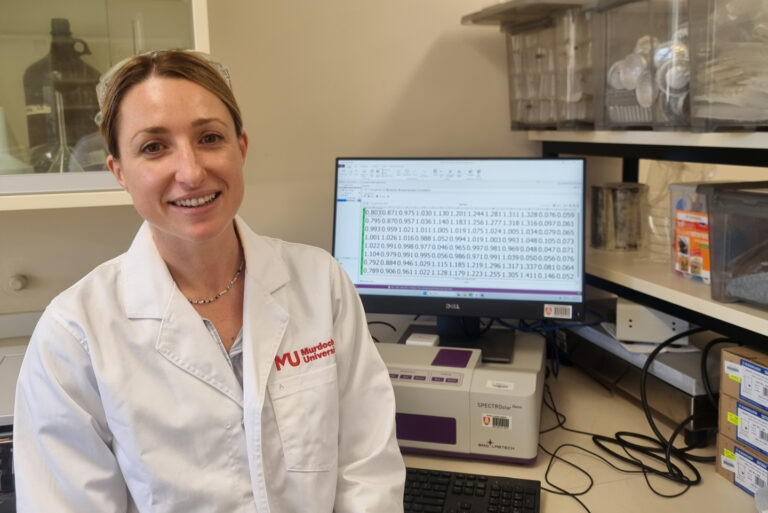PROJECTS
Does increasing soil carbon in sandy soils increase soil nitrous oxide emissions from grain production?
International research demonstrates increasing soil organic carbon benefits crop productivity, but also enhances other greenhouse gas emissions including nitrous oxide and methane.

PROJECT DETAILS
Status
completed
Duration
2014-2018
Collaborators
- Department of Primary Industries and Regional Development
- Grains Research and Development Corporation
- The University of Western Australia
- Liebe Group
Project team
- Louise Barton
- Frances Hoyle
- Daniel Murphy
Project overview
Increasing soil organic carbon is promoted as a strategy for sequestering carbon dioxide and mitigating anthropogenic greenhouse gas emissions. This 2.5 year field-based study concluded that land management practices that increase soil organic carbon in Western Australia’s sandy cropping soils should be encouraged. Increasing soil organic carbon benefited grain yield and increased plant available nitrogen, and showed potential to decrease nitrogen fertiliser inputs.
Although increasing soil organic carbon increased soil nitrous oxide emissions (and inhibited methane uptake), losses were modest (0.08–0.12% of applied nitrogen fertiliser) and significantly less than the international default value (1.0%). This finding, and past research in south-western Australia, supports lowering Australia’s current emission factor (0.3%) for calculating nitrous oxide losses from the application of nitrogen fertiliser to rainfed cropping soils in Australia’s semi-arid regions.
Growers should also be encouraged to modify nitrogen fertiliser inputs to reflect changes in plant available nitrogen resulting from improvements in soil organic carbon. This will require fertiliser decision support models to accurately predict soil nitrogen supply. Optimising nitrogen fertiliser inputs will increase profitability for growers, plus minimise soil nitrous oxide emissions.

How is the research being used?
- Land management practices that increase soil organic carbon (SOC) in Western Australia’s cropping soils benefit crop production, and have the potential to decrease nitrogen and other fertiliser needs.
- A stronger understanding that the greatest risk of N2O emissions from a sandy soil in the Western Australian grain belt can occur in response to summer-autumn rainfall events, and more so with increasing SOC.
- Knowledge that the proportion of nitrogen fertiliser applied that was lost as nitrous oxide from a sandy soil in the Western Australian grain belt ranged from 0.08 to 0.12%.
- Nitrogen supply (via mineralisation) prior to seeding can vary depending on soil type and summer rainfall, and needs to be included when determining annual nitrogen fertiliser requirements.




